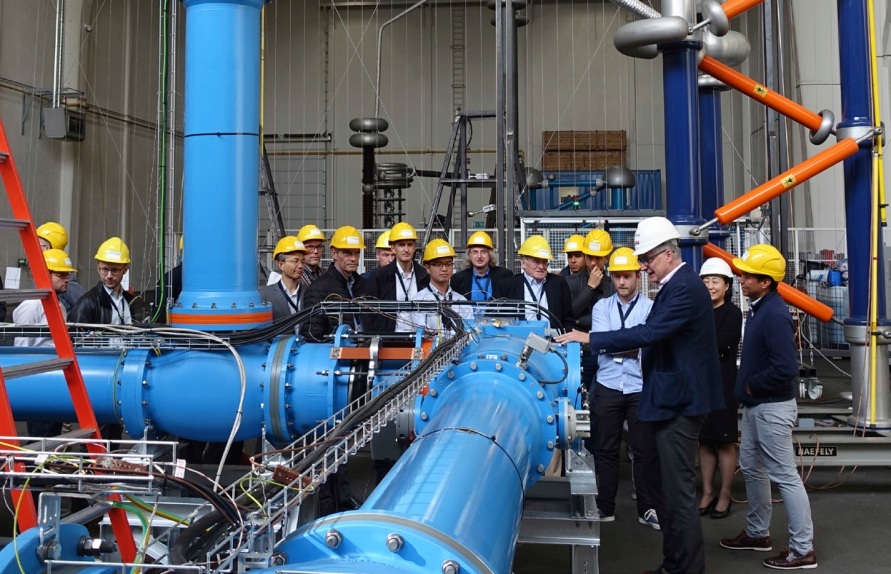Independent assurance and risk management provider DNV has highlighted how 10 key energy transition technologies are expected to develop, compete, and interact over the next five years if global economies are to meet emissions reduction targets.
DNV’s aim is to make an objective and realistic assessment of the status of these technologies and evaluate how they can contribute to the energy transition ahead.
The Technology Progress Report, a new supplement to DNV’s annual Energy Transition Outlook, considers safety, efficiency and competitiveness as well as the technical capability of these technologies, to deliver the deep decarbonization the world is striving for.
Remi Eriksen, Group President and CEO of DNV says: “The world needs to transition faster to a deeply decarbonized energy system, reducing emissions by around 8 per cent each year to ensure an energy future compliant with the 1.5-degree ambition set under the Paris Agreement. This urgent and complex challenge requires full energy system thinking: understanding the timeline and interdependencies of technologies, policies, and the difficult decisions that need to be made.”
The technologies that have the potential to decarbonize the world’s energy system are well known. The challenge lies in navigating how and when to implement these technologies, which are at different stages of maturity, and in managing how they interact and rely on one another.
The ten technologies under discussion are:
- Floating wind
- Developments in solar PV
- Waste to fuel and feedstock
- Pipelines for low-carbon gases
- Meshed HVDC grids
- New battery technology
- Novel shipping technologies
- EVs and grid integration
- Green hydrogen production
- Carbon Capture and Storage 2.0
The Technology Progress Report’s 10 areas of focus were identified with two main criteria – first their ability to achieve an observable shift in the energy system, based on how quickly it is being deployed and how much costs are expected to fall over the next five years. Second is how the technologies interact with each other, sometimes referred to as sector coupling. When several technologies overlap and co-operate, a step change which accelerates the uptake of new technologies can follow.
(Featured photograph, source: DNV, is for illustration only)

